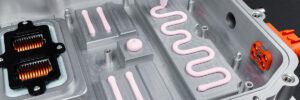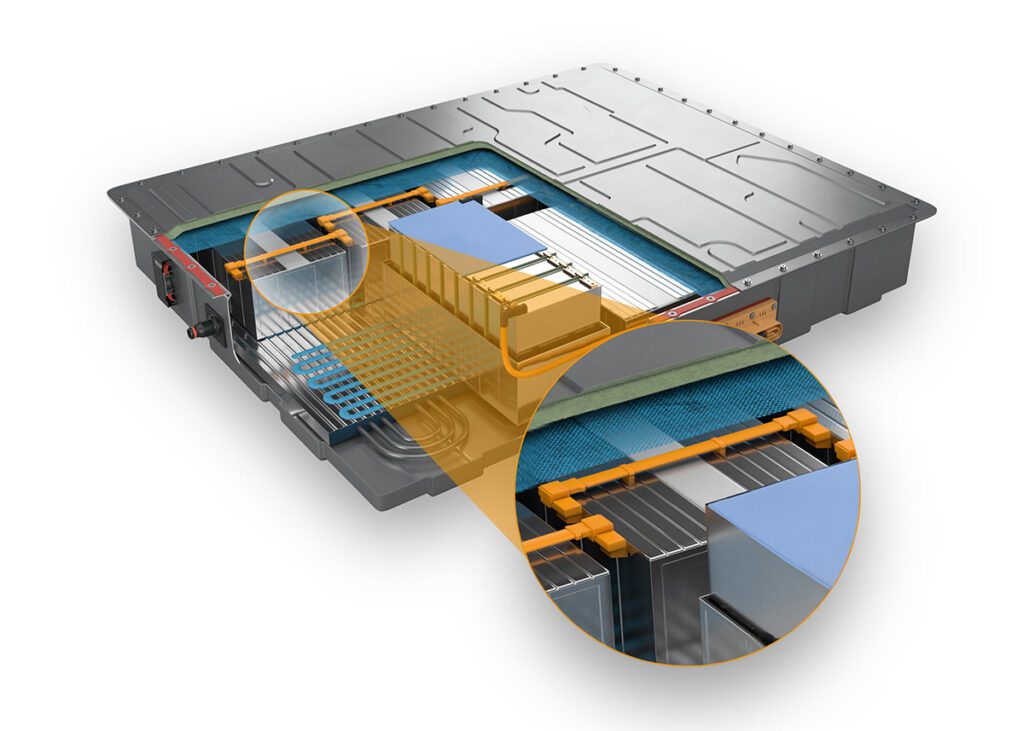
The State of California has awarded $500 million for educational agencies to buy electric school buses and chargers.
The Zero-Emissions School Bus and Infrastructure (ZESBI) project has selected 133 educational agencies to receive 1,000 school buses and related charging infrastructure. The grants are expected to be finalized by the end of the year.
The incentive program is a collaboration between the California Air Resources Board (CARB) and the California Energy Commission (CEC). It is administered by nonprofit transportation organization CALSTART.
In California, all school bus purchases made by school districts will need to use zero-emission technology by 2035. Frontier local educational agencies in rural communities have an extension until 2045.
California has provided more than $1.3 billion in incentives to school districts to date, funding more than 2,300 school buses, of which 1,100 are already in use. More than 300 California school districts and local education agencies have purchased at least one zero-emission school bus, and a few have made the switch to a 100% clean fleet.
Awardees receive up to $375,000 to replace internal combustion engine (ICE) school buses, in addition to awards up to $95,000 per school bus to purchase and install associated charging infrastructure. Awardees are required to scrap an old internal combustion engine school bus for every new school bus purchased.
Priority for the funding was given to small or rural school districts, as well as local educational agencies that have a large proportion of students who receive free or reduced-price meals, are in foster care, or are English-language learners. Local educational agencies located in low-income or disadvantaged communities received secondary priority.
“California has set important benchmarks for removing internal combustion vehicles from our roads and replacing them with clean transportation,” said CEC Chair David Hochschild. “CEC is helping school districts move in that direction by funding ZESBI.”
Source: California Air Resources Board





